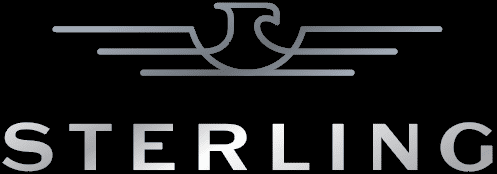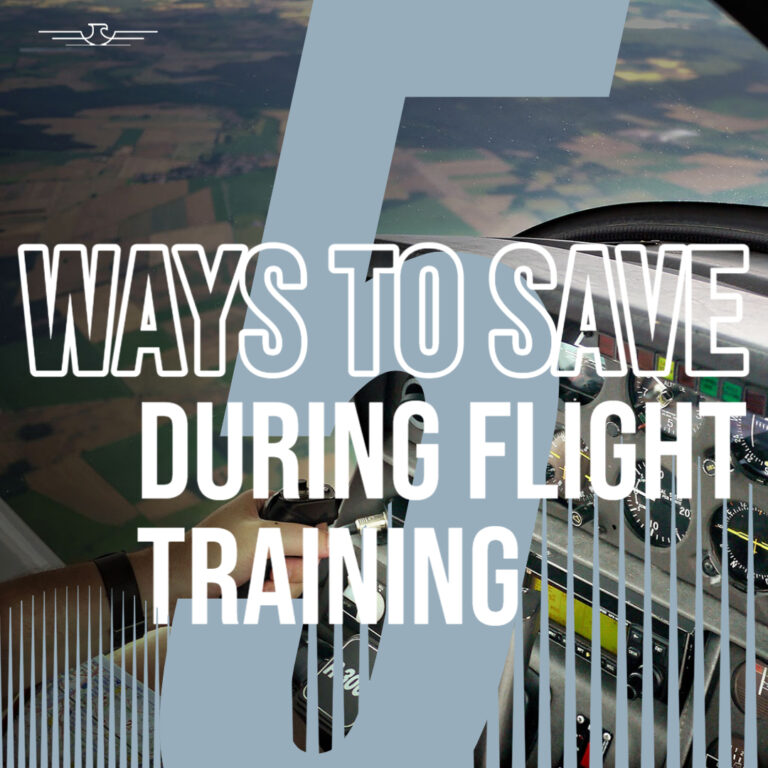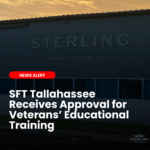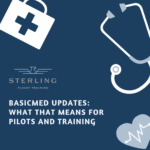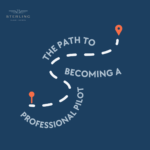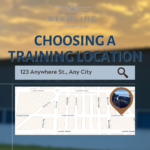Learning to fly is an investment of both your time and money; one that has a high return if you plan to fly professionally or use your general aviation skills for travel. However, you don’t have to break the bank to meet your aviation goals. There are many ways you can safely cut costs and plan your training to maximize the benefits you are receiving.
Here are five tips to help you save money while learning to fly.
- Fly Frequently
At Sterling, we are extremely flexible in scheduling your training and leave most of that up to the student and the CFI. However, flying takes practice and the more you practice, the quicker you will succeed with your goals. Taking long breaks between lessons is discouraged because you then must spend more time refreshing the skills you’ve previously learned. If your goal is to keep costs down while learning to fly, then you should plan to do a flight training activity at least 2-3 times per week. By flying as often as possible lessons stay fresh, and you can progress through your training at a quicker pace, thus requiring less flight hours than some students who spread out their training. - Use a flight simulator
While you can’t count flight simulator hours toward your requirements if you are working toward your private pilot license, you can use it as an affordable practice option to reinforce skills and maximize your time in the actual aircraft. For later licenses and ratings (i.e., IFR, Commercial Pilot) you can substitute a set number of hours in the aircraft with time in the simulator. This reduction in hourly cost can save you quite a bit as you progress in your flight training programs. Simulators also allow for you to keep training in the event of inclement weather, so no need to take a break between lessons if you can’t get up in the air. - Take an Online Ground School Course and FAA Exam Before Flying
If you are wanting to accelerate your training, starting the ground work first is a great way to get ahead. At Sterling, you can purchase our online ground school kit in advance of flying and complete up to 75% before you begin training with us. Some students even finish out the private pilot ground school and FAA written exam first. Having this knowledge about flight, weather, FAA regulations, etc., beforehand can equip you to focus more on flying once lessons begin. - Apply for Scholarships
There are lots of national and local groups that offer aviation scholarships. Groups like the EAA, AOPA, the Ninety-Nines, and Women in Aviation are just a few. We encourage students to apply for as many as possible to offset the out-of-pocket cost of flight training. - Do Your Homework
It’s important to always show up prepared for your flight lesson. If your instructor has assigned you a topic to learn on your own and you don’t do it, your next flight lesson could be delayed as they will have to spend unplanned time teaching you the homework. If there is something you can learn on your own at home, it is a much more cost-effective option than paying for instructor time to go over it. You should always walk into your lesson as if you’re going to be tested by the instructor – study everything in detail. The more streamlined your written knowledge is, the more time you can spend moving through your practical flight training requirements.
We hope these tips help you as you begin planning your flight training journey. If you have any questions about Sterling, please call us at 904-642-9683 or email info@sterlingflight.com.
